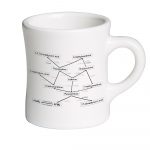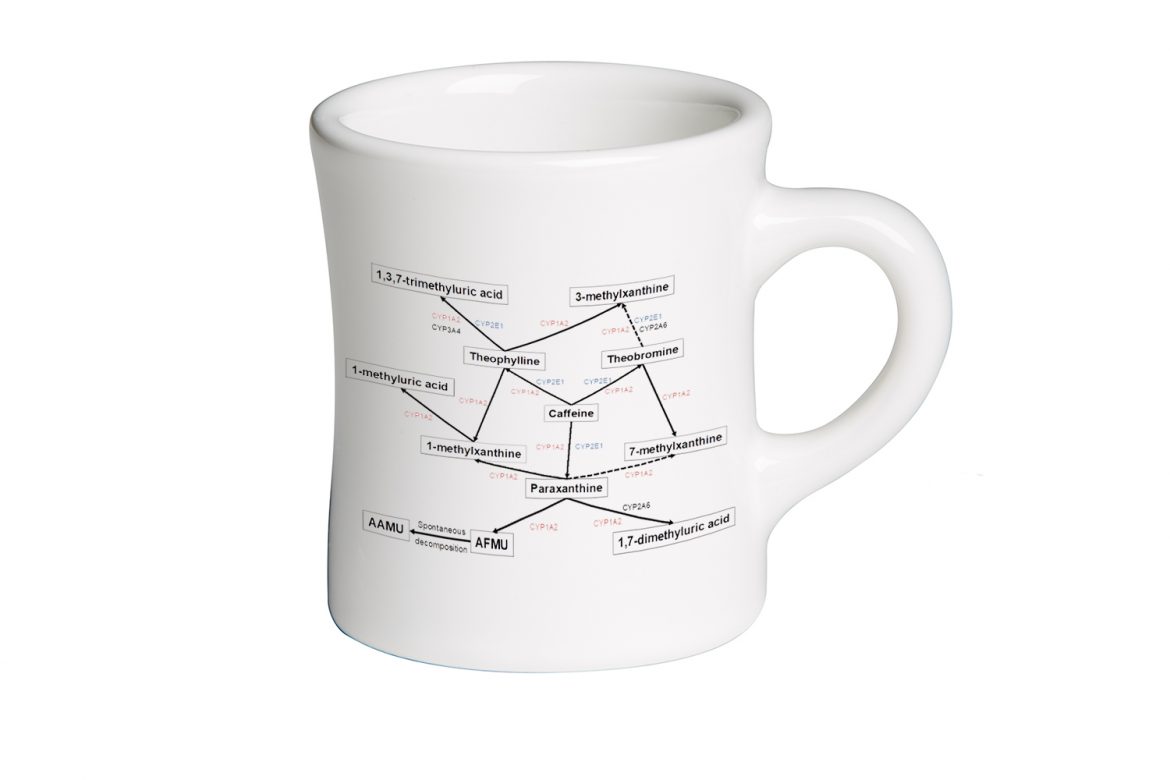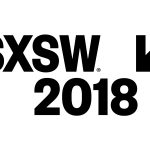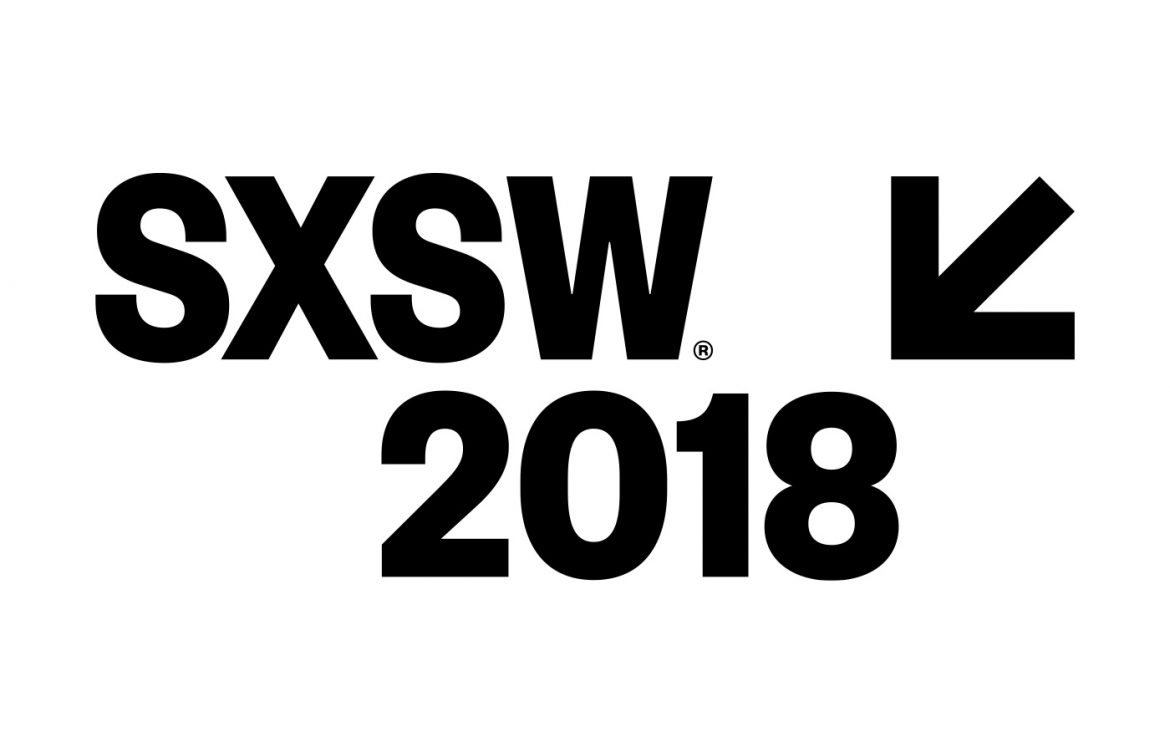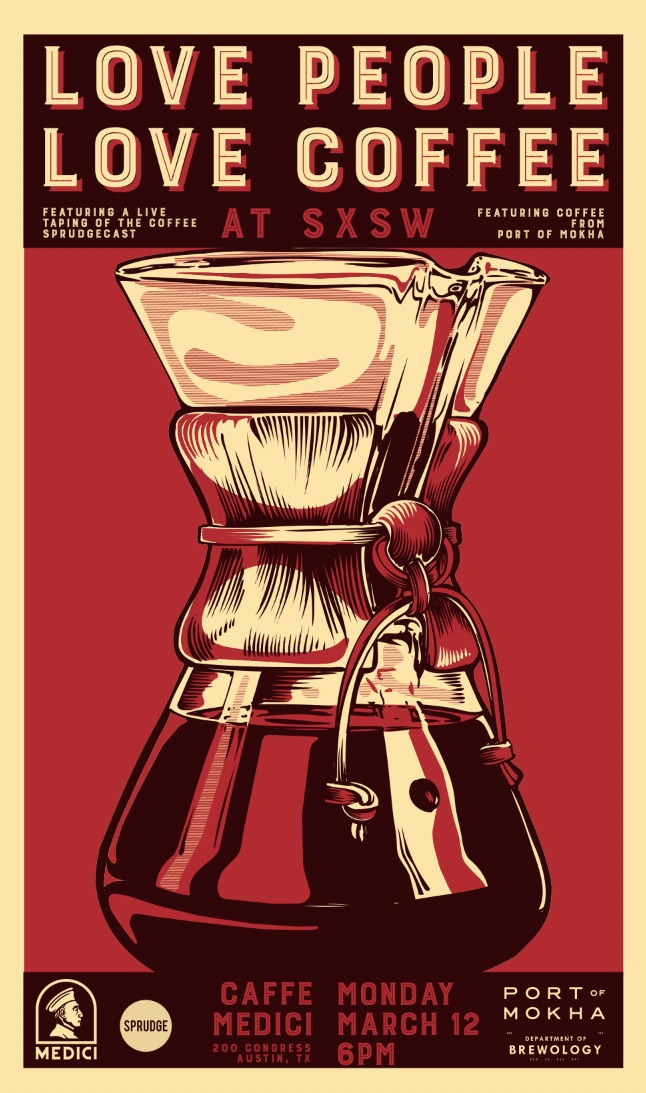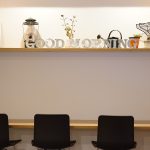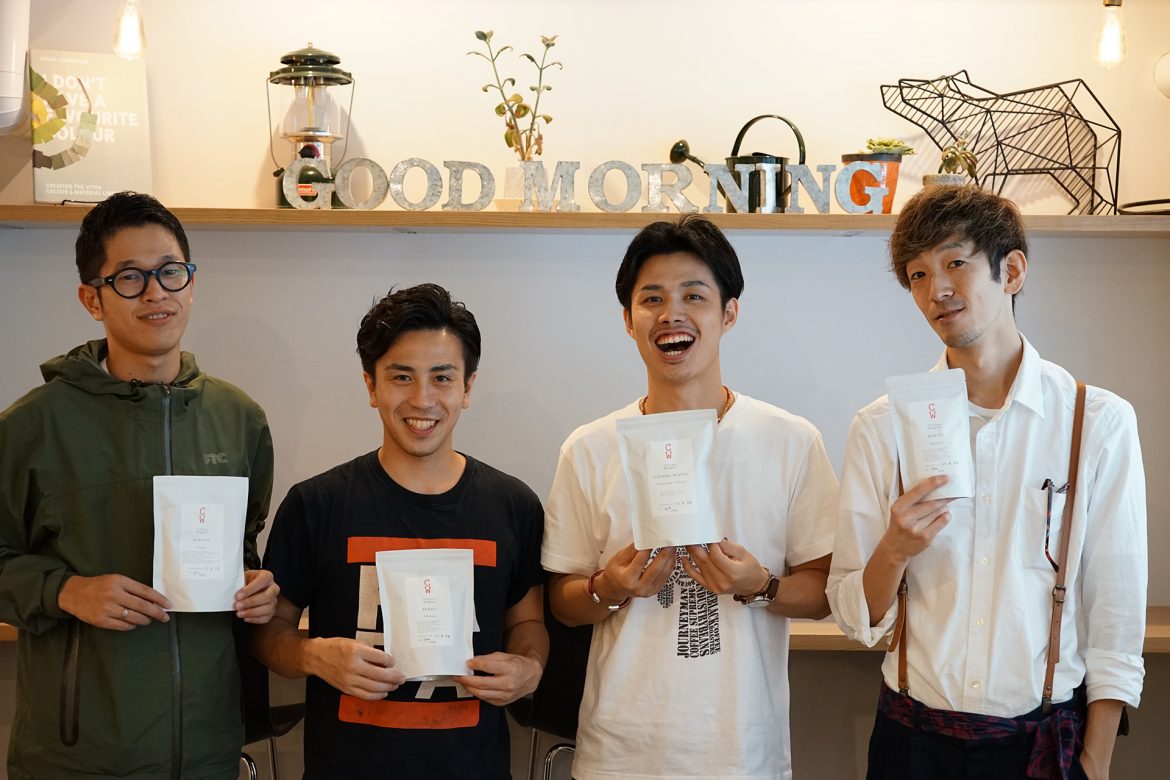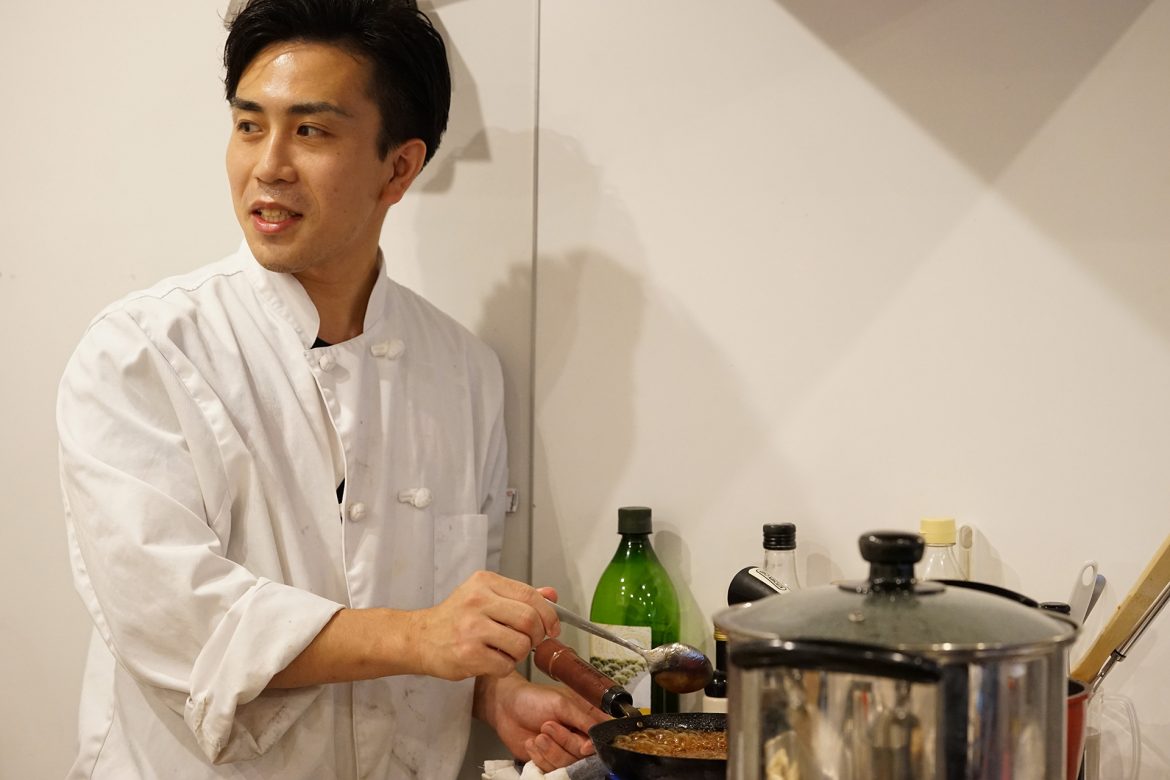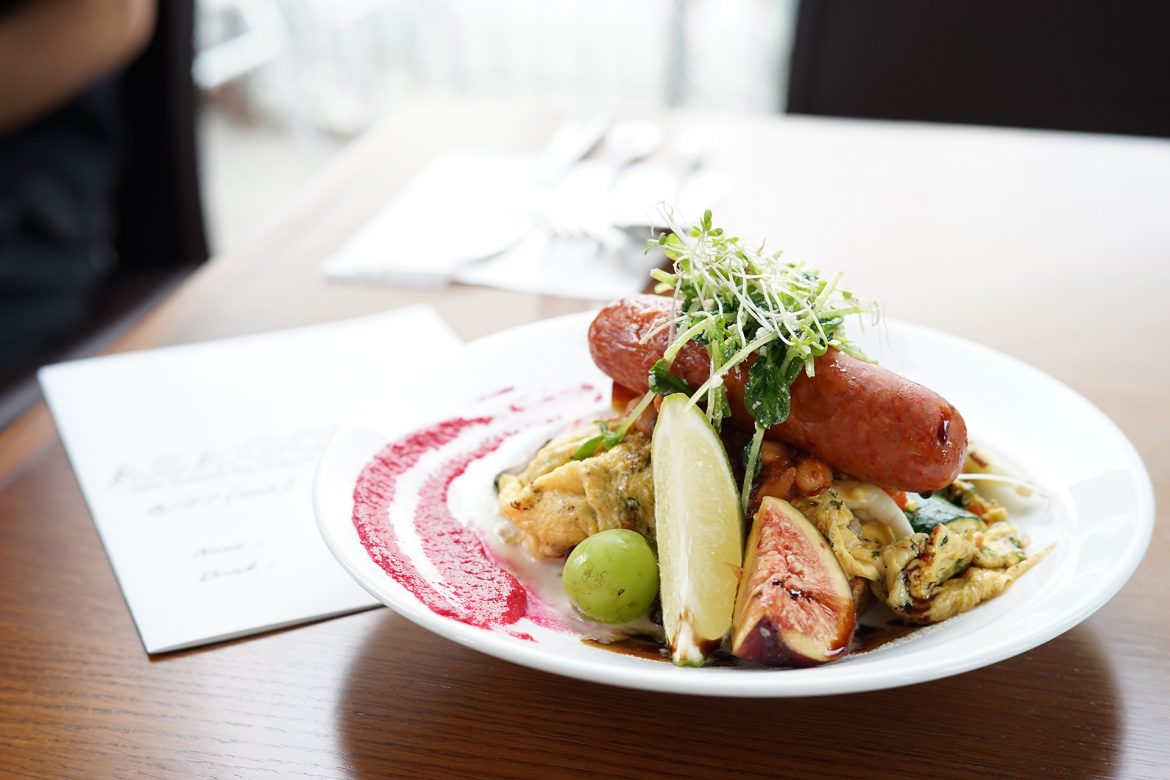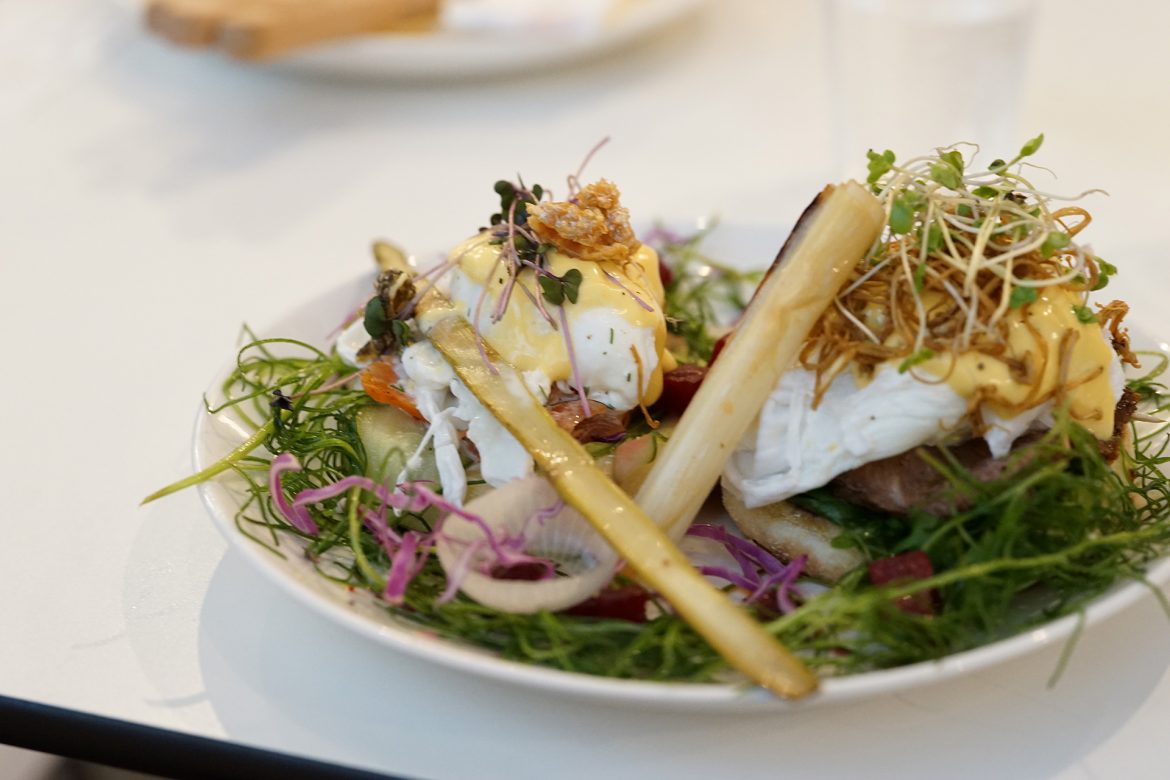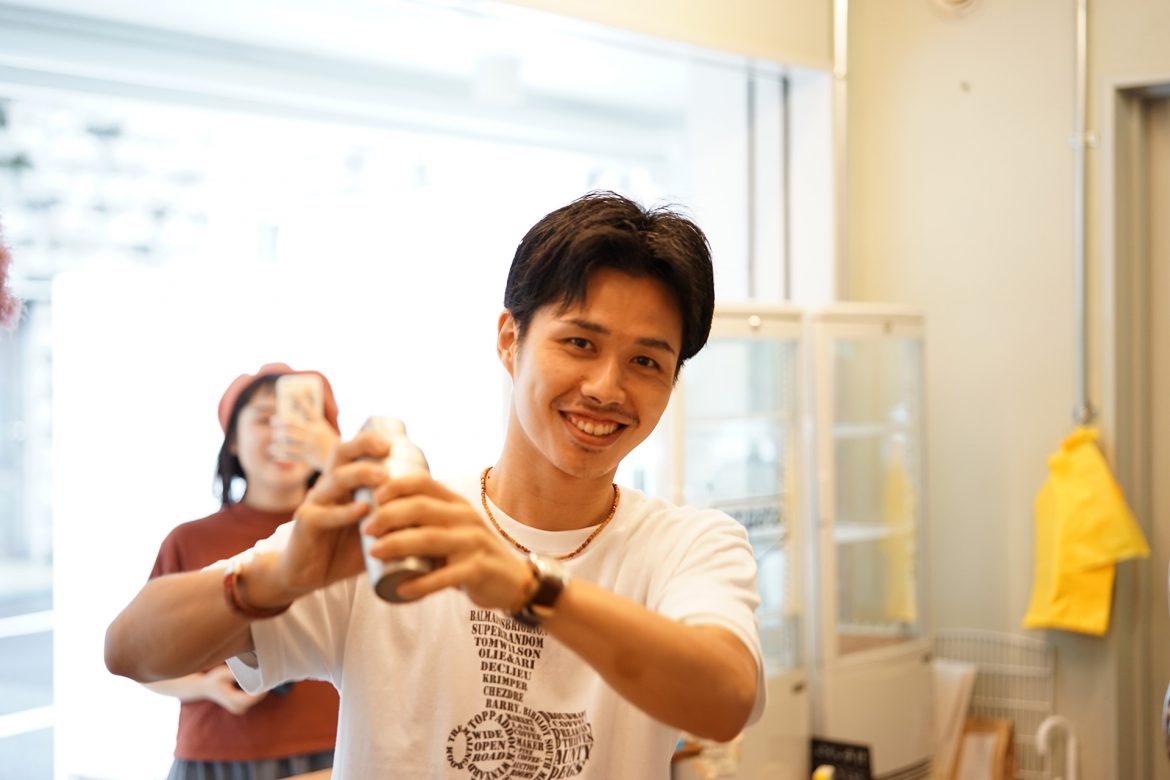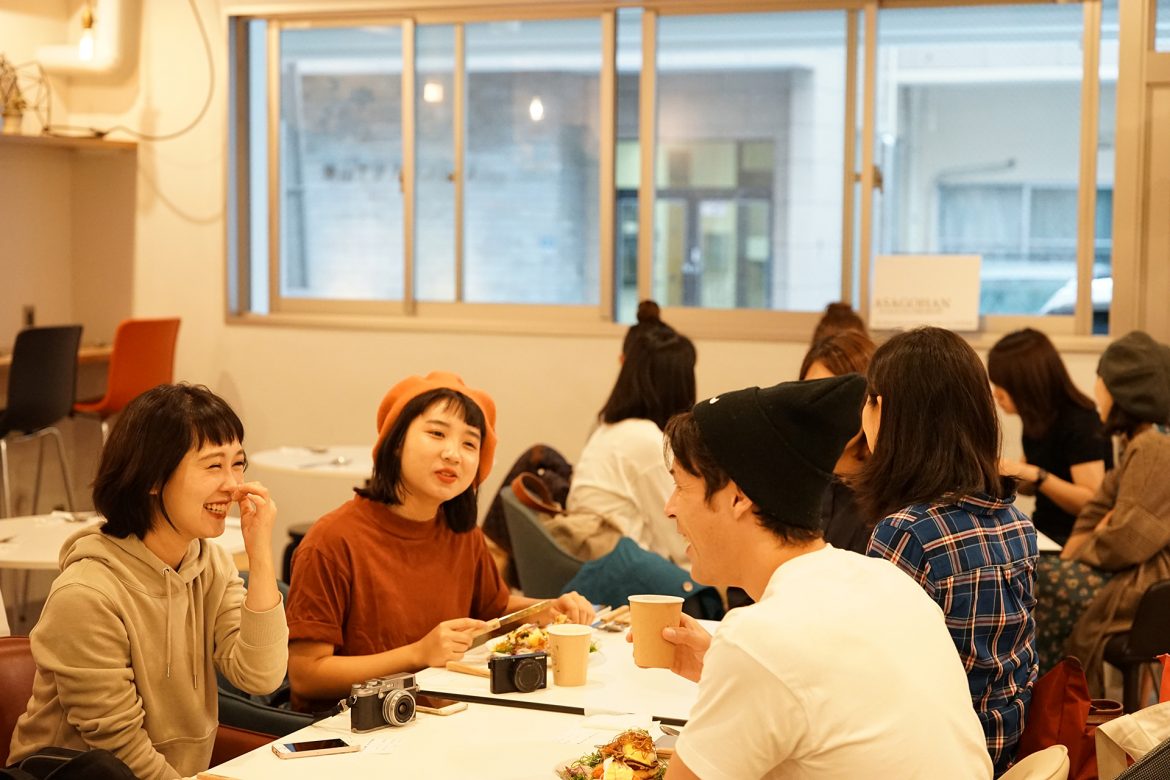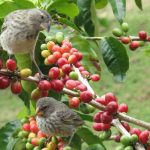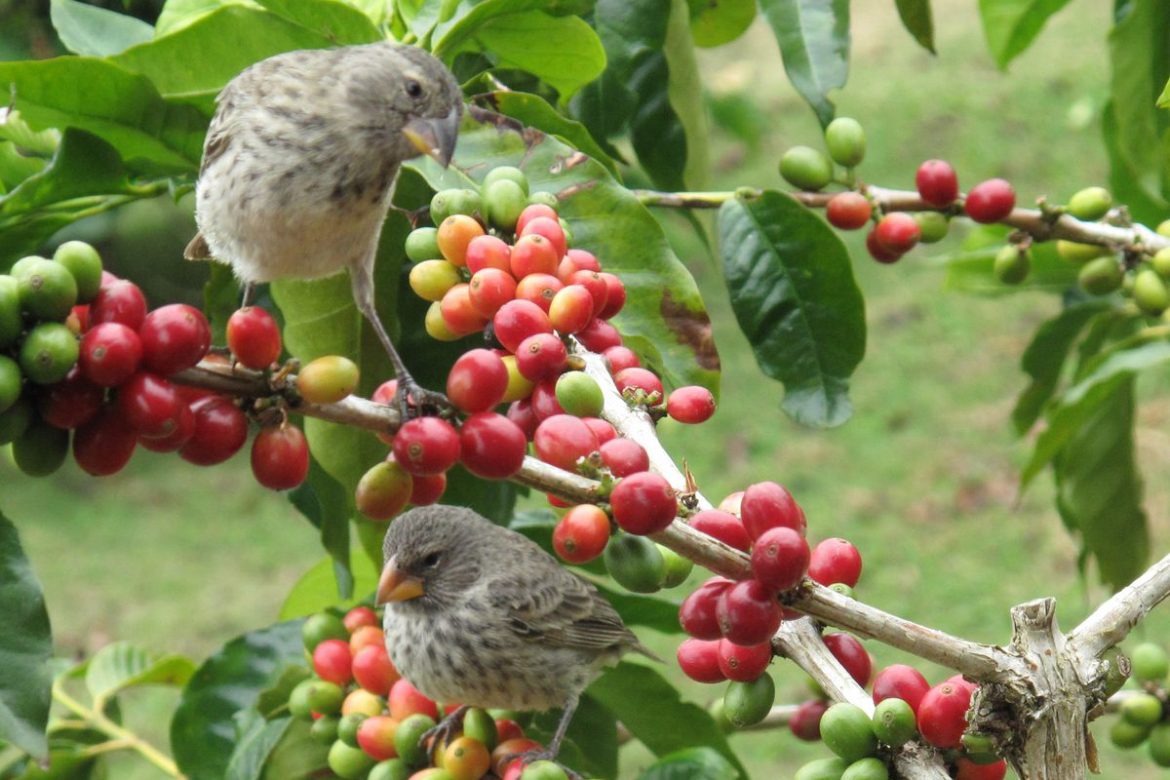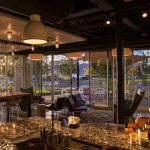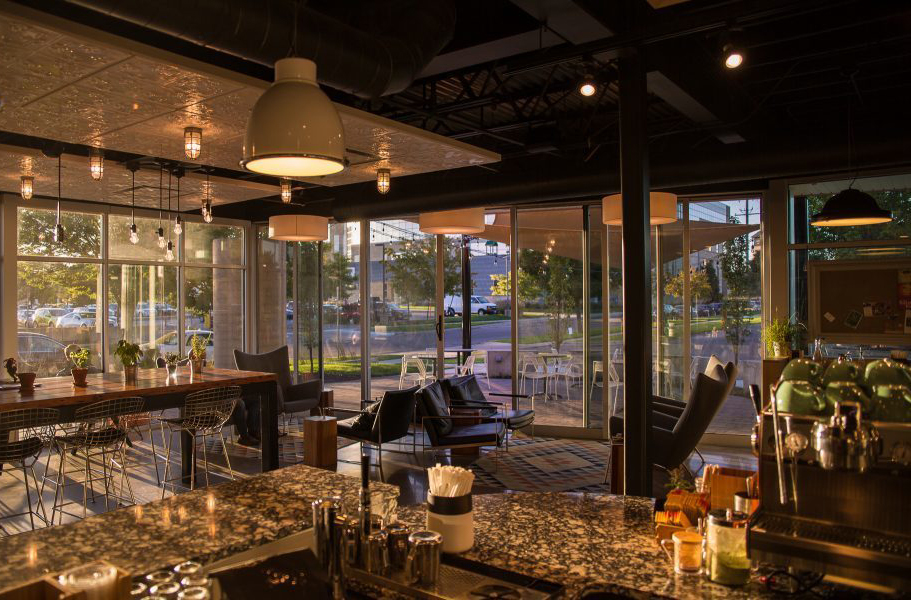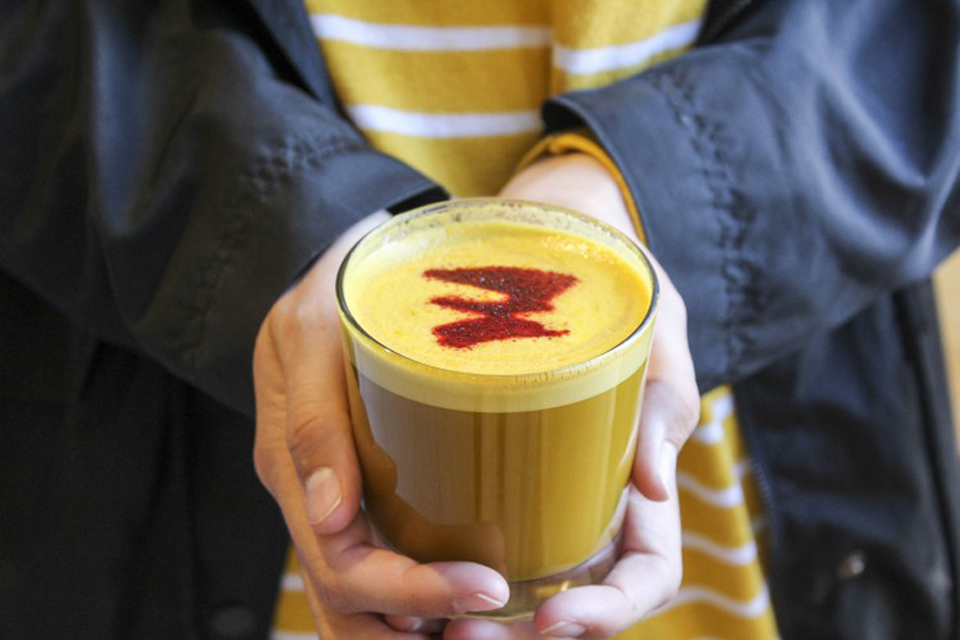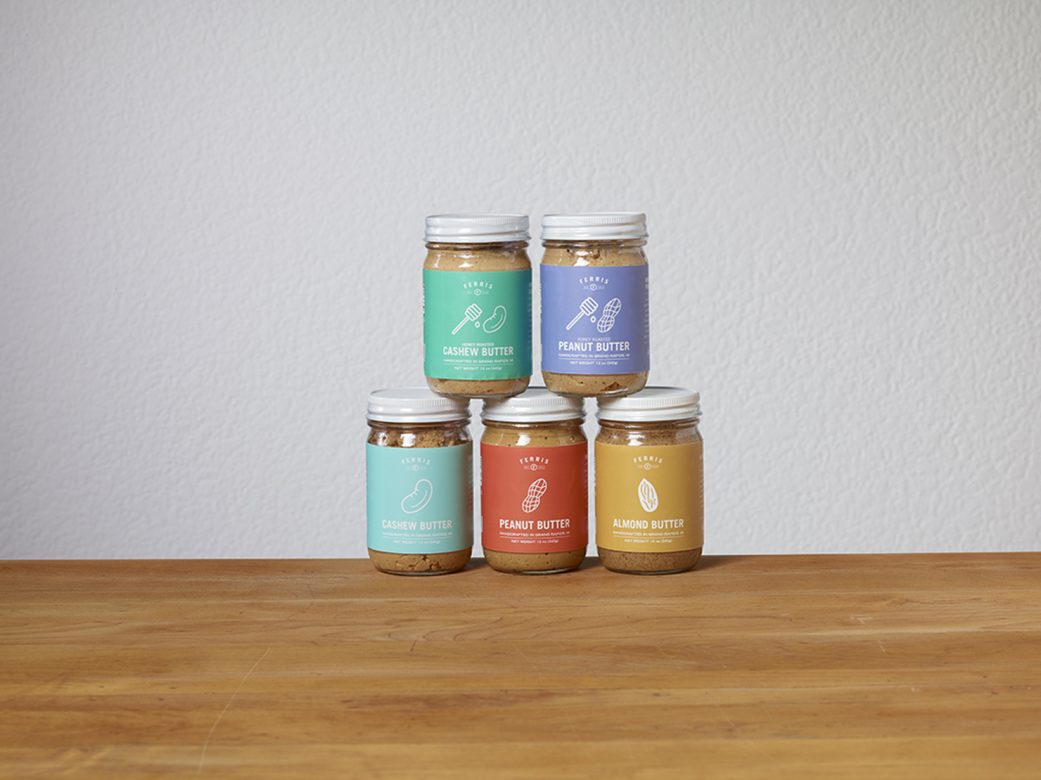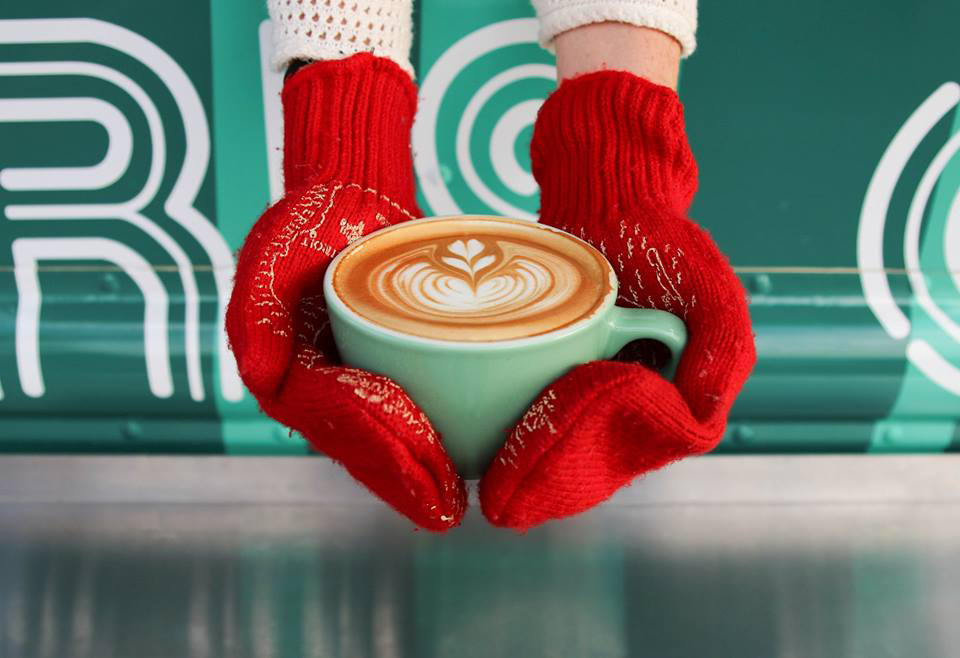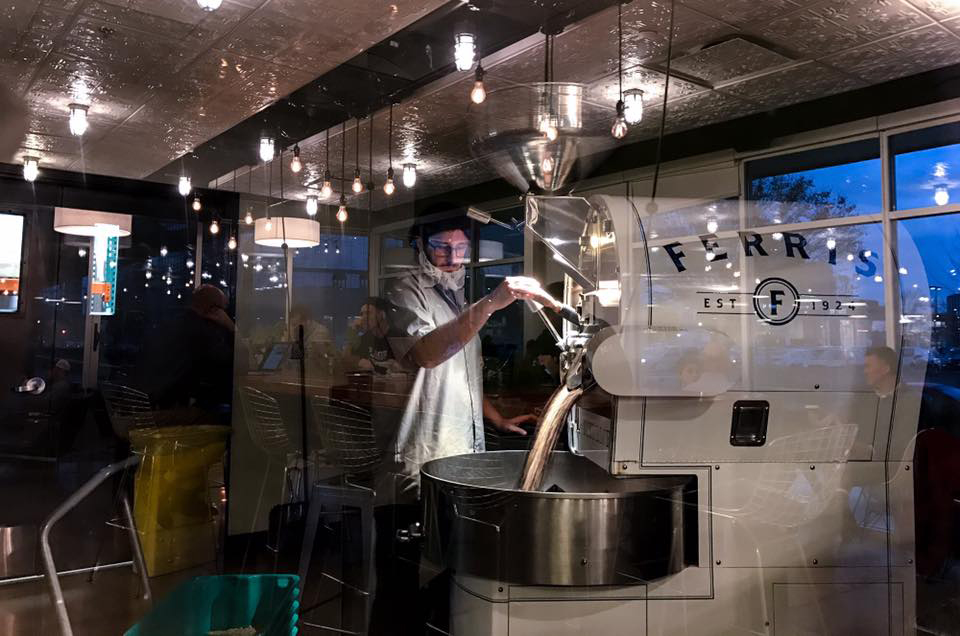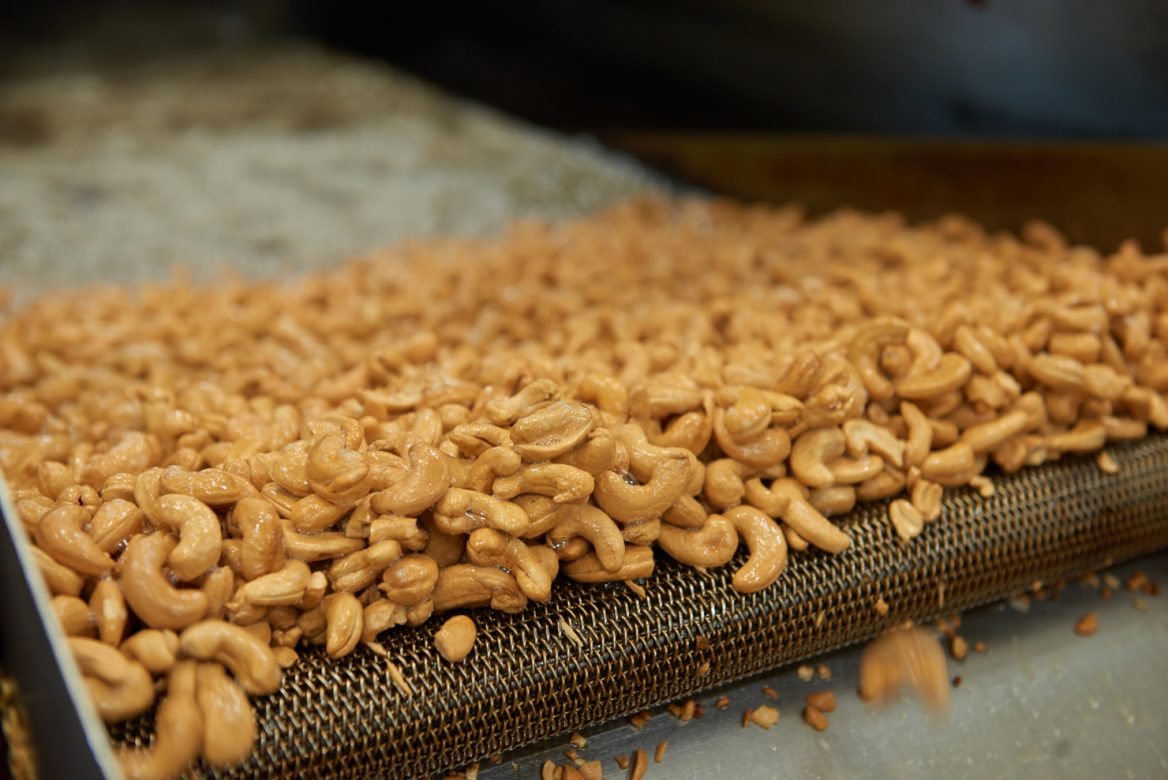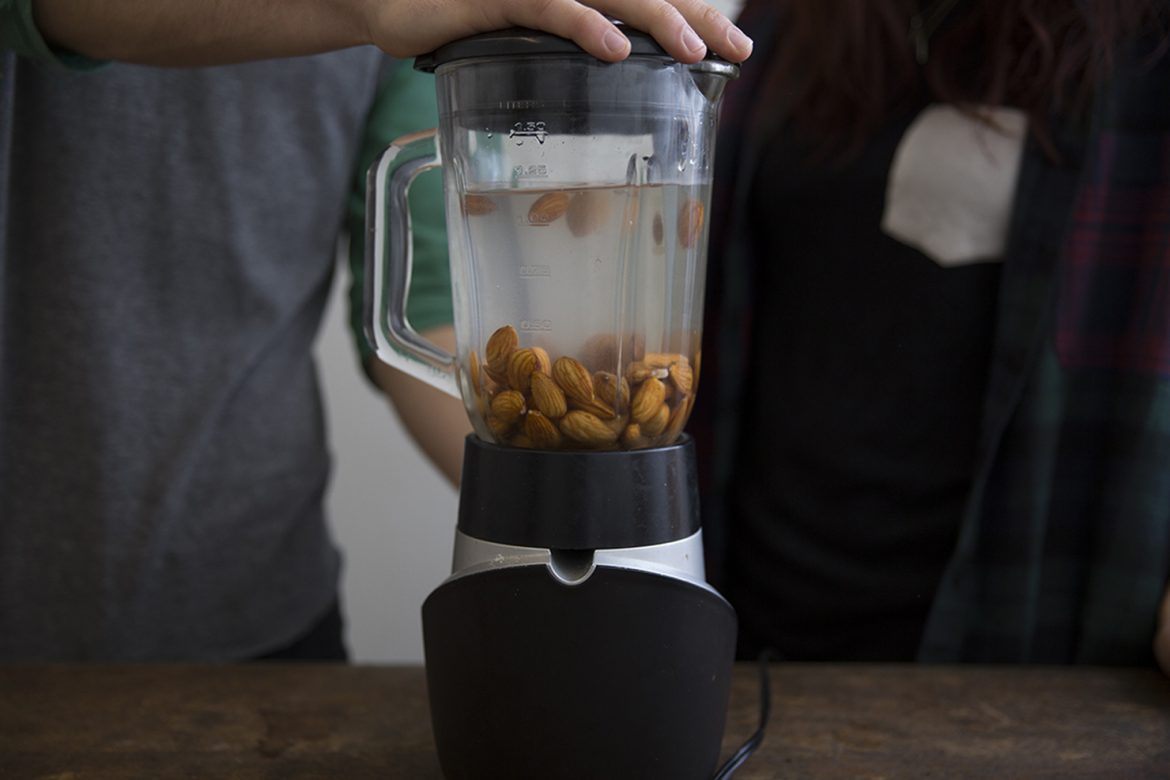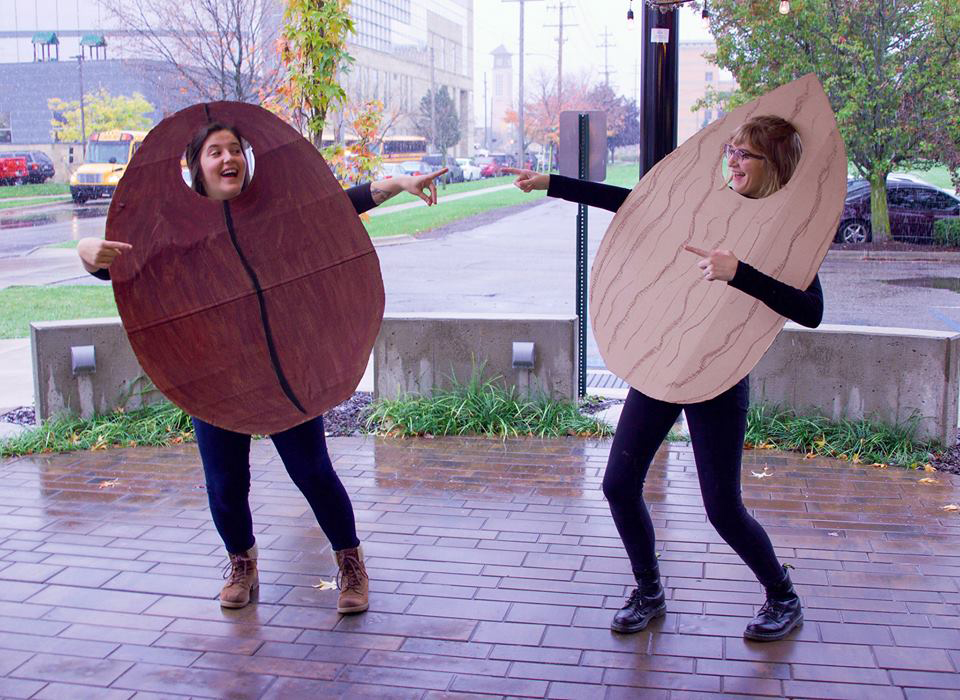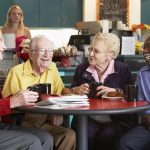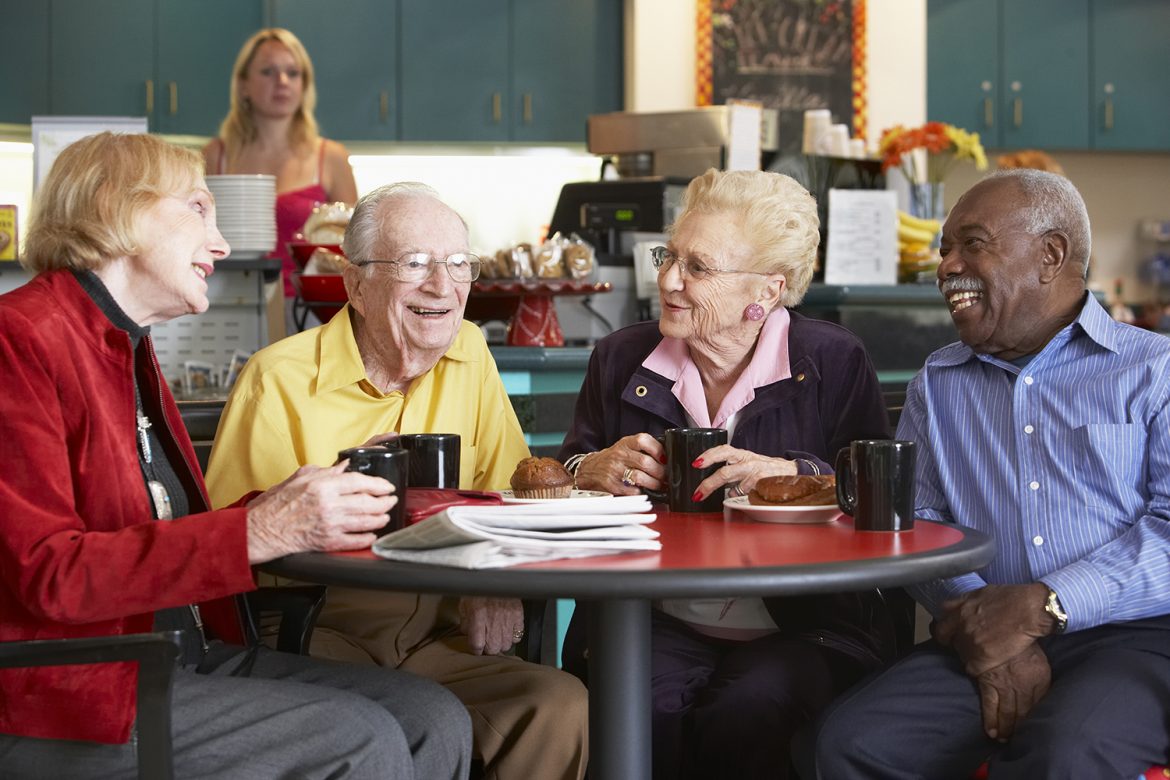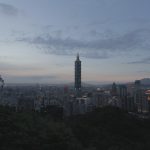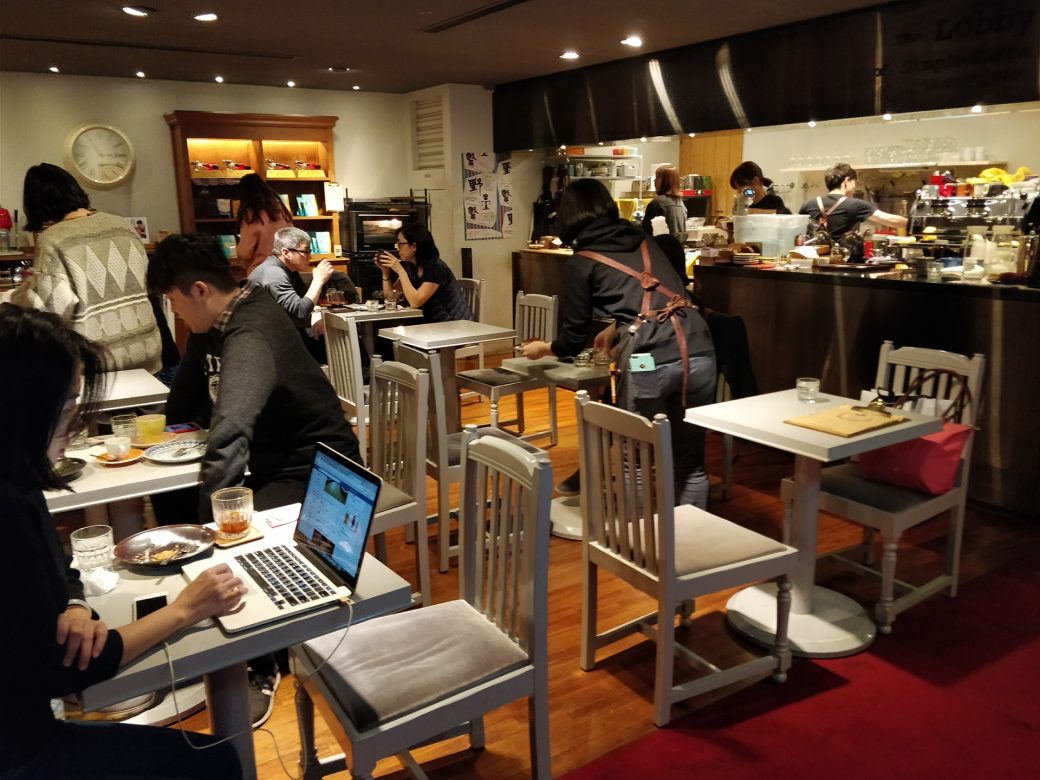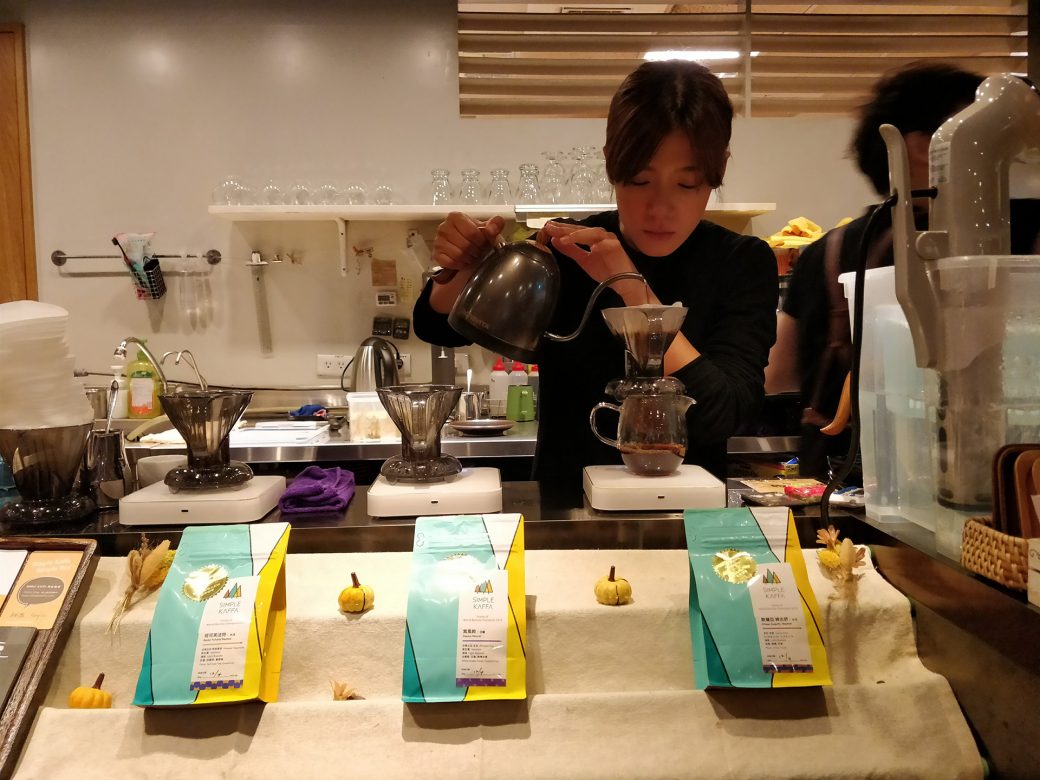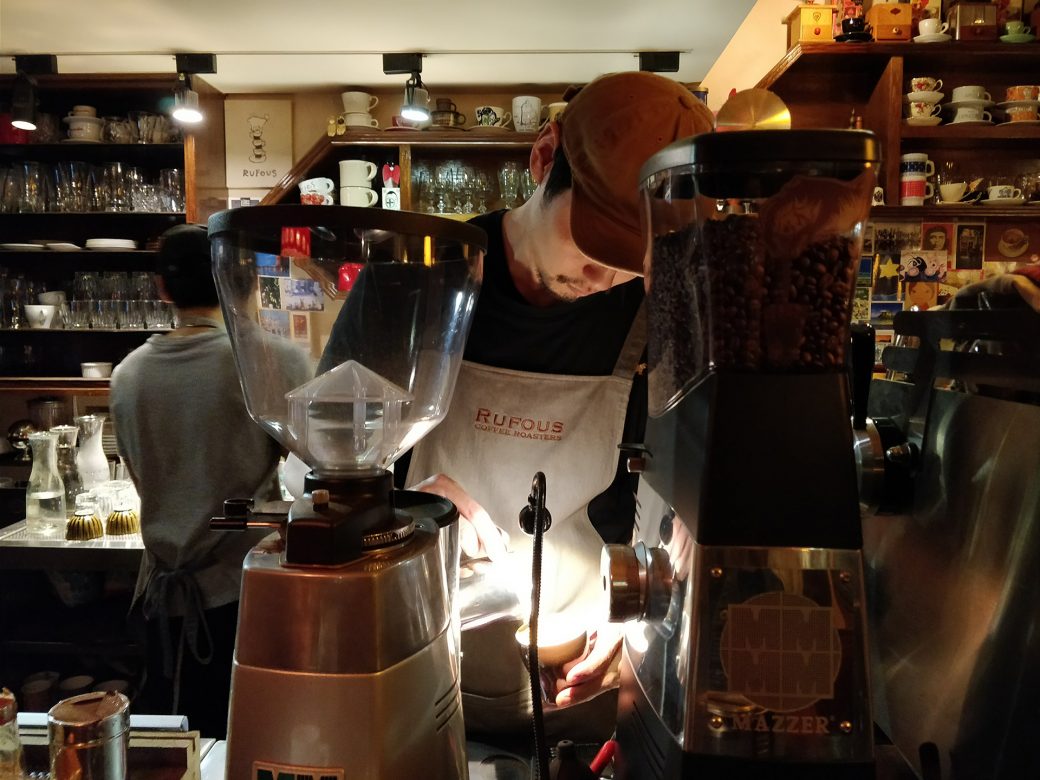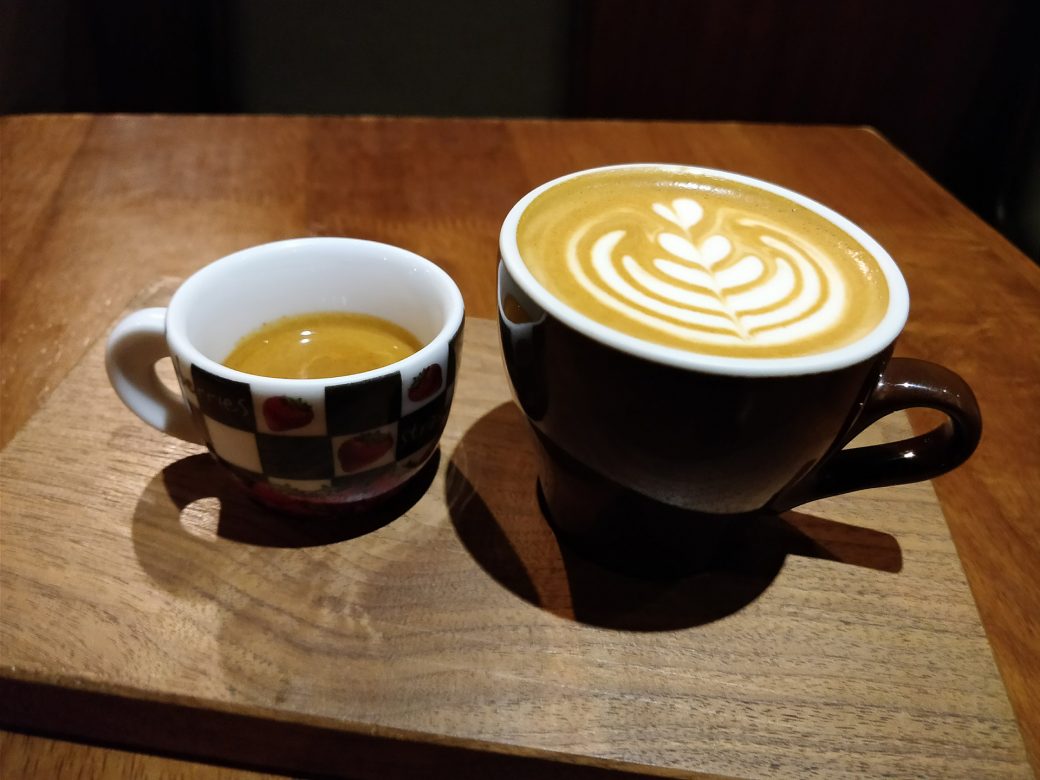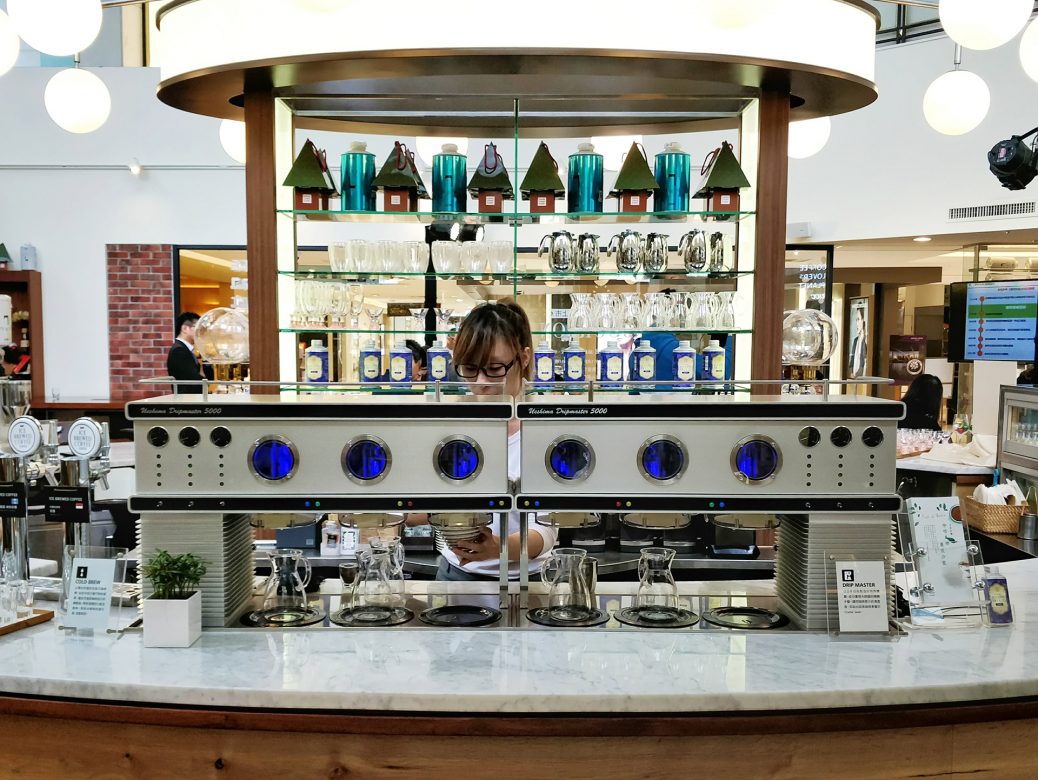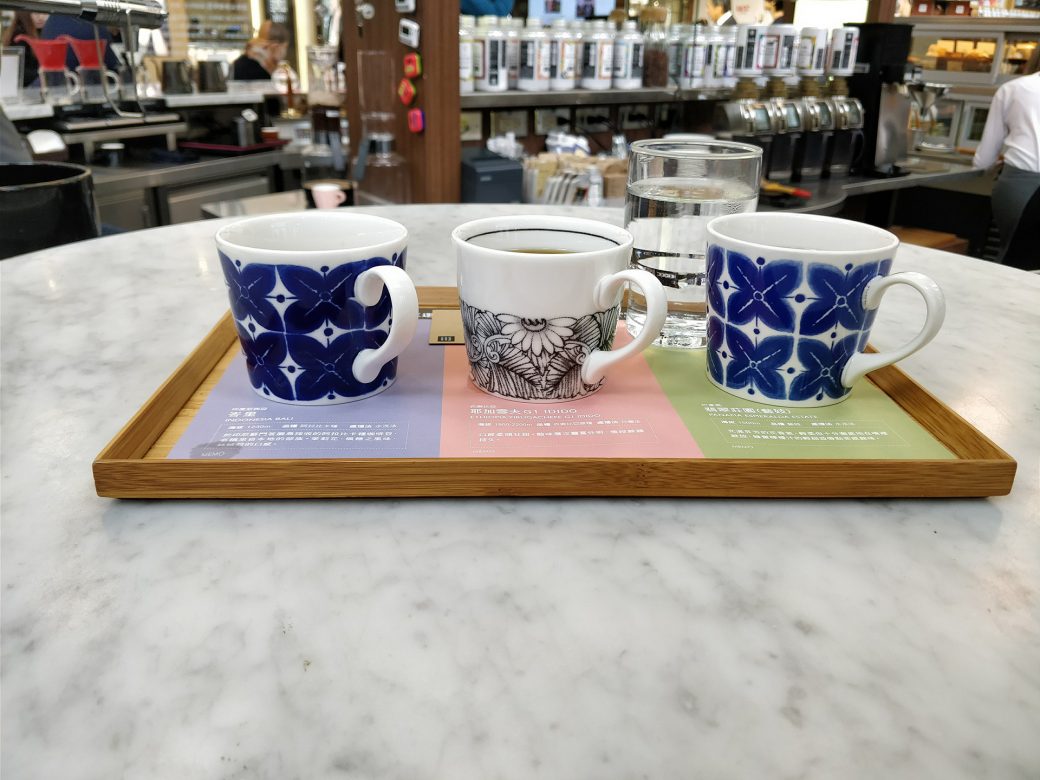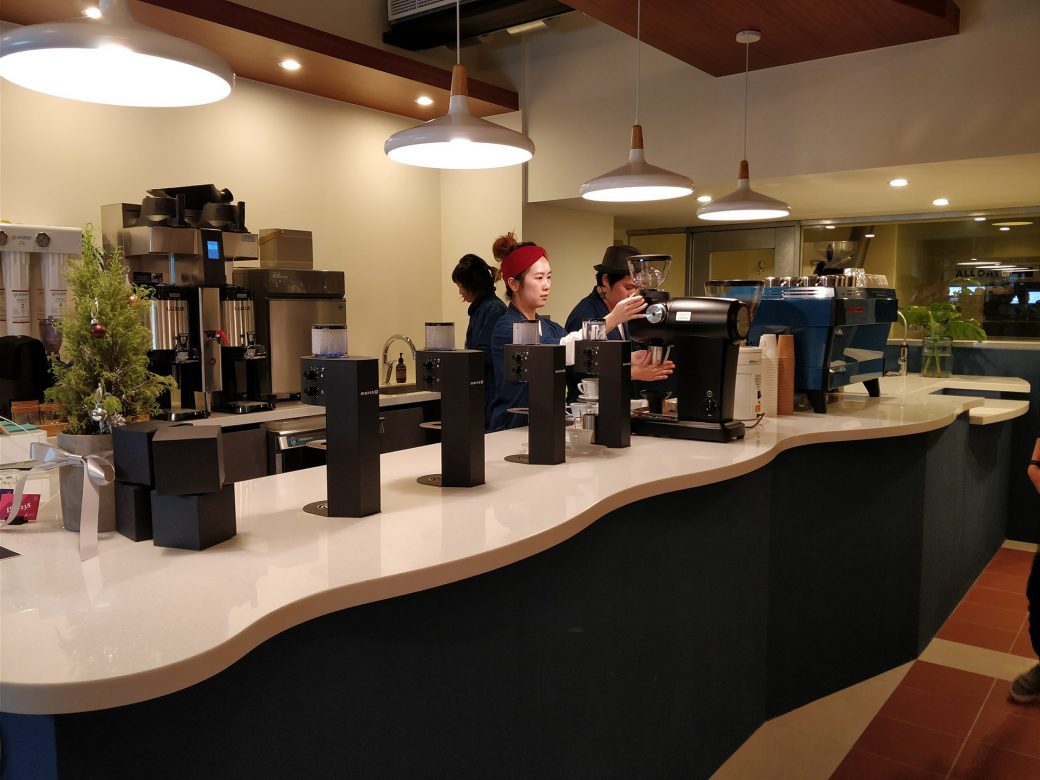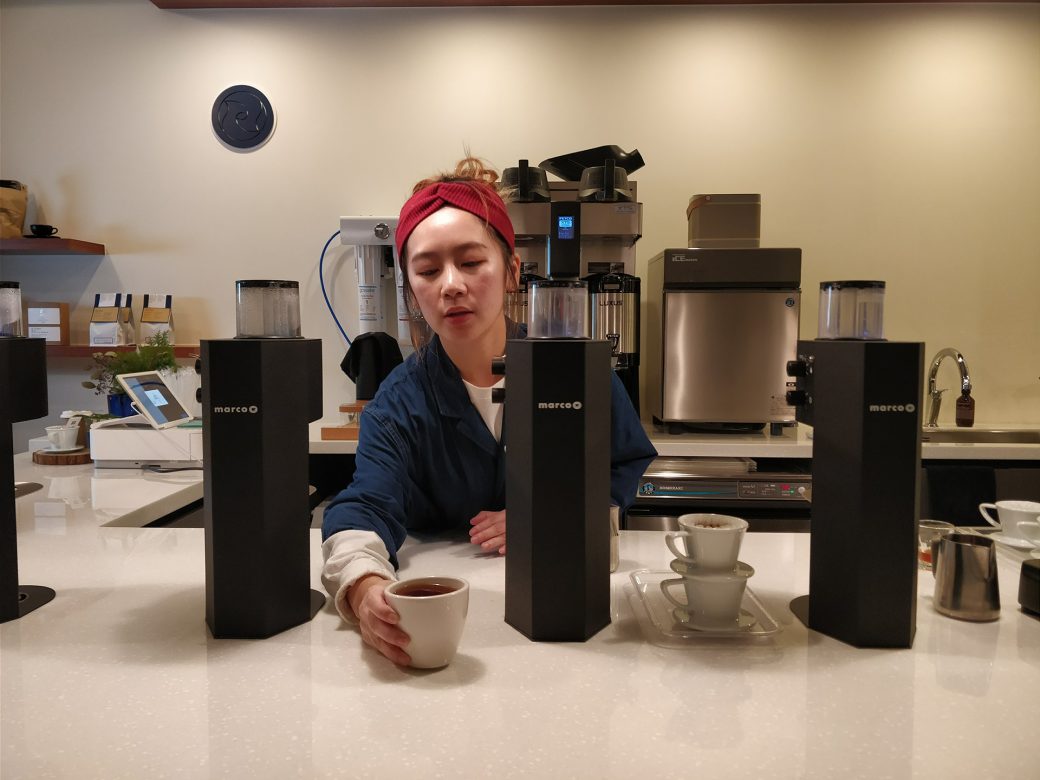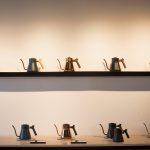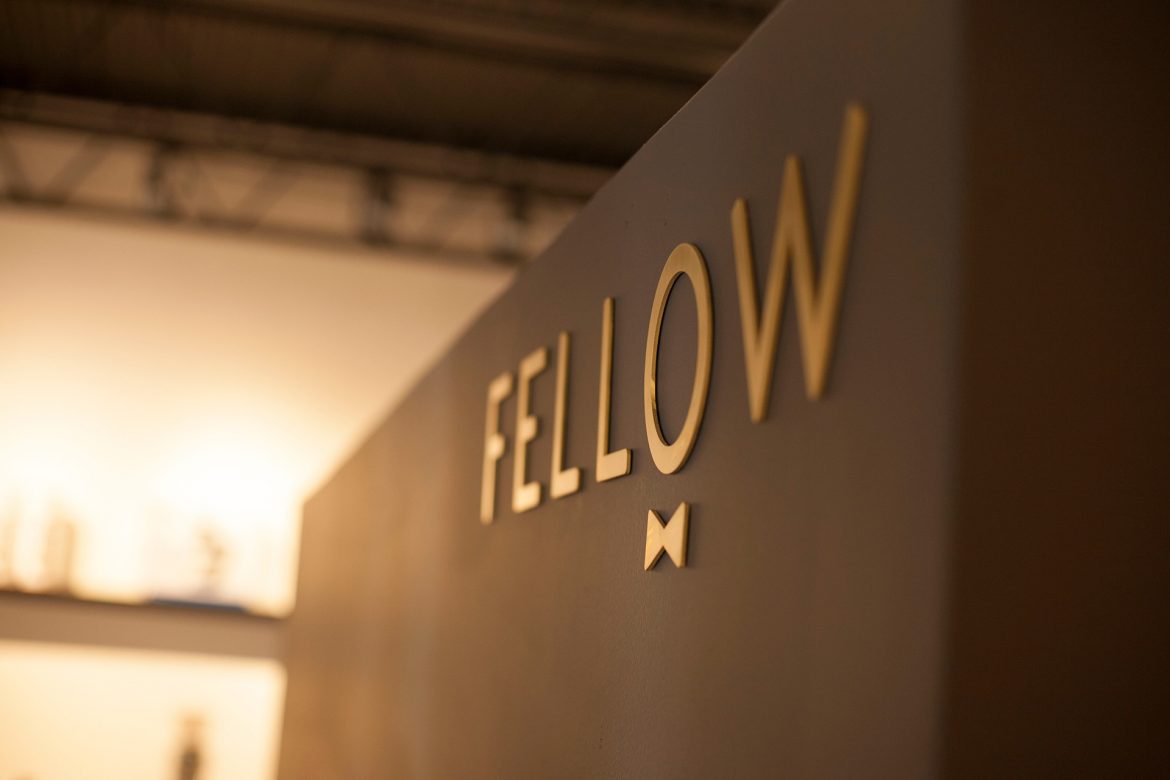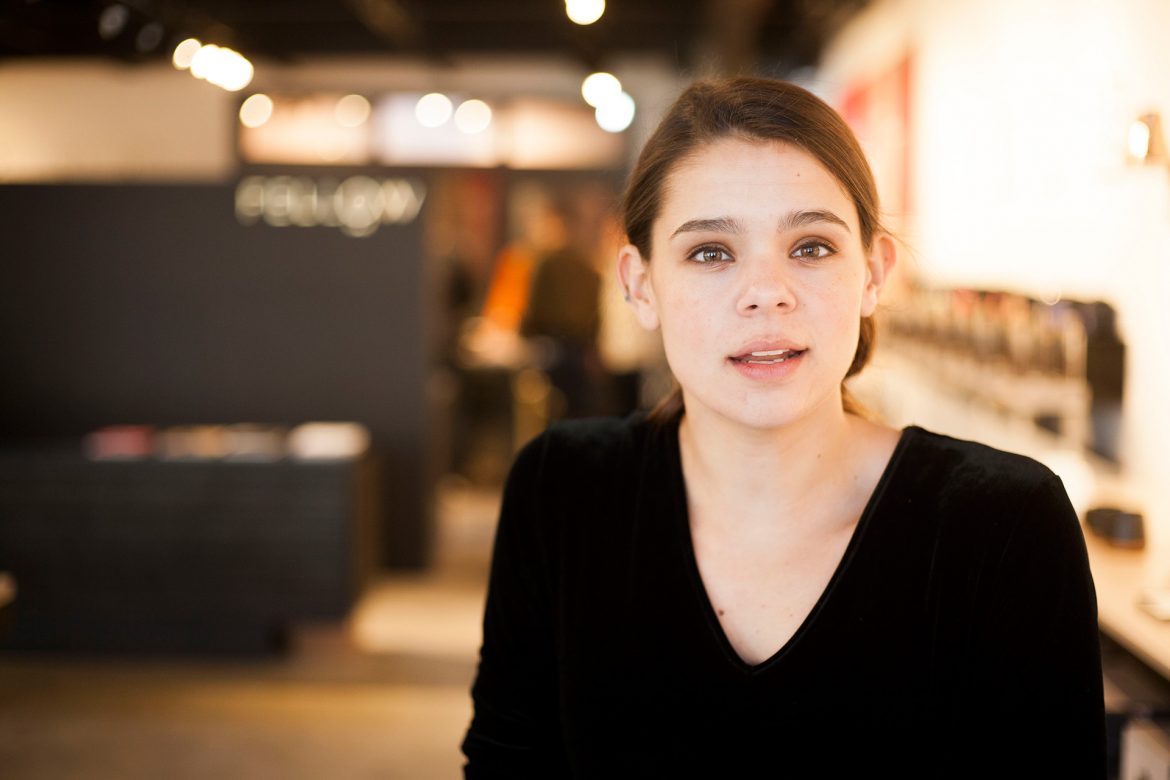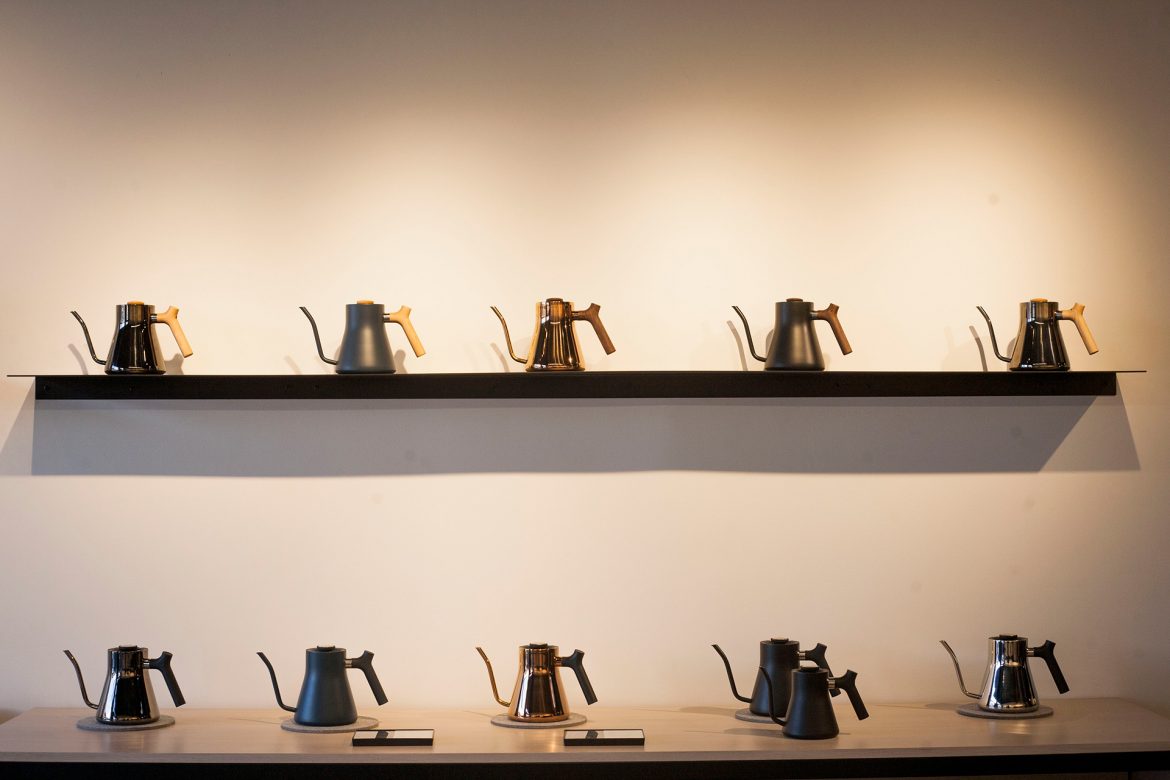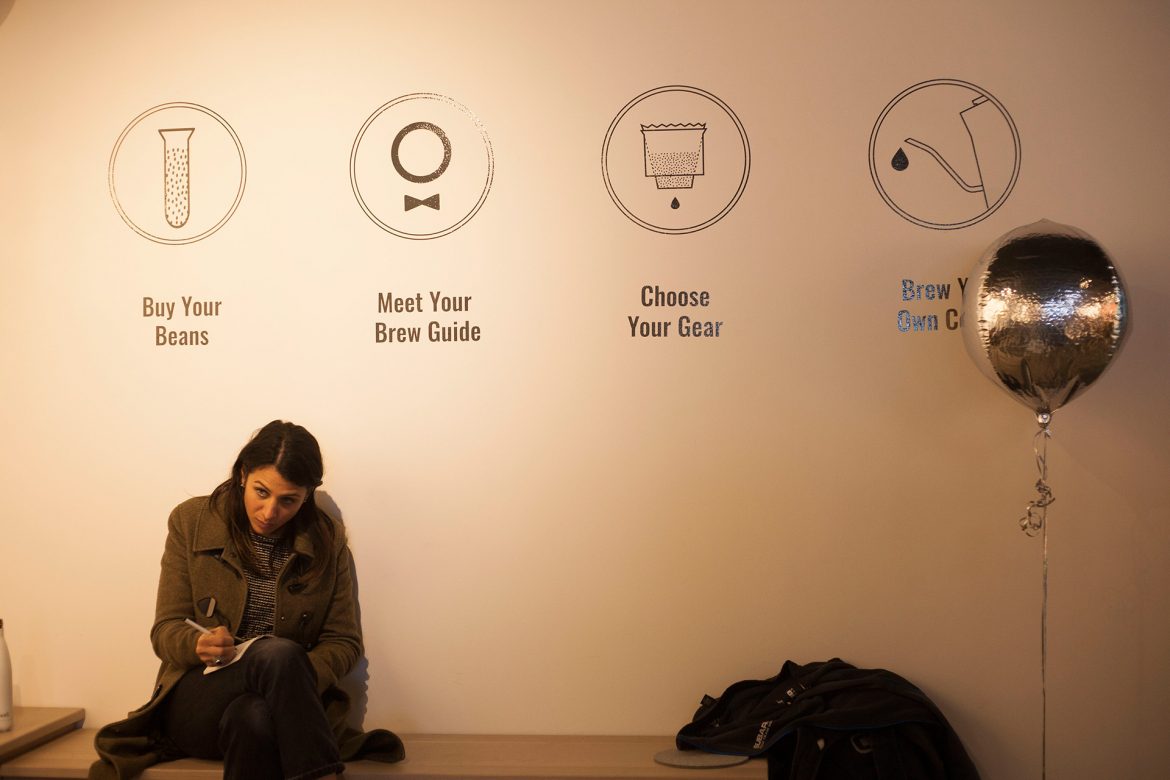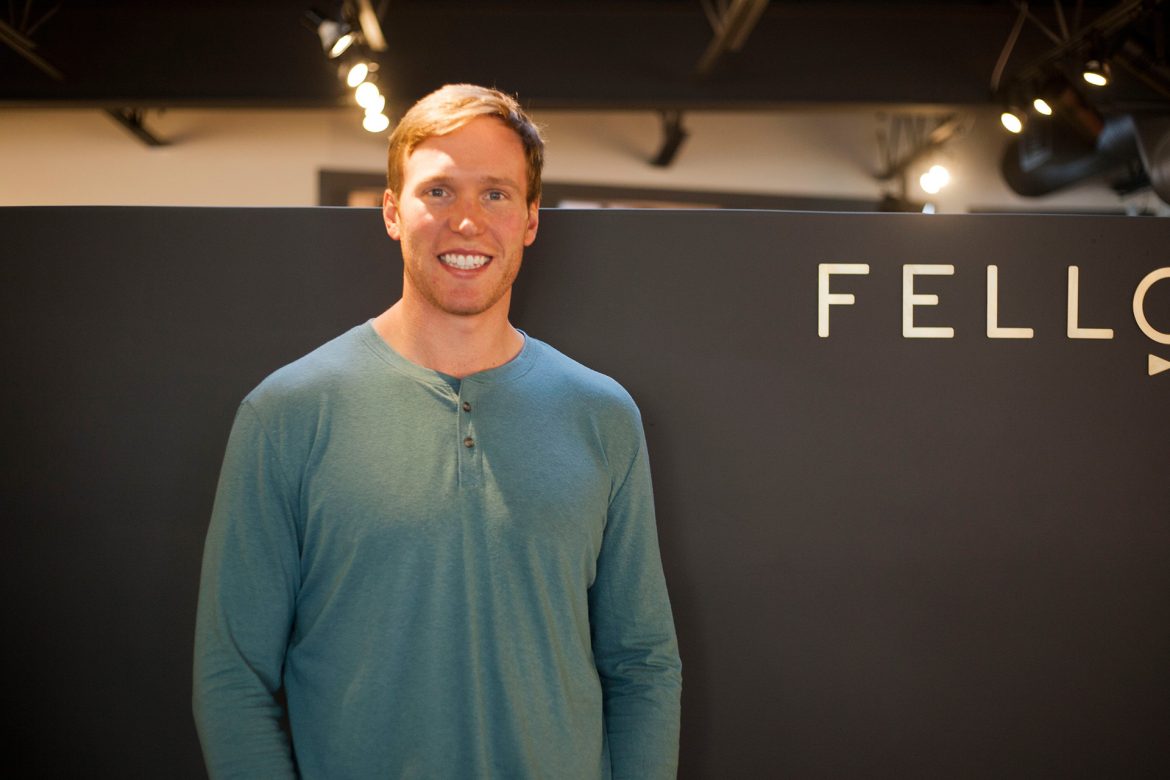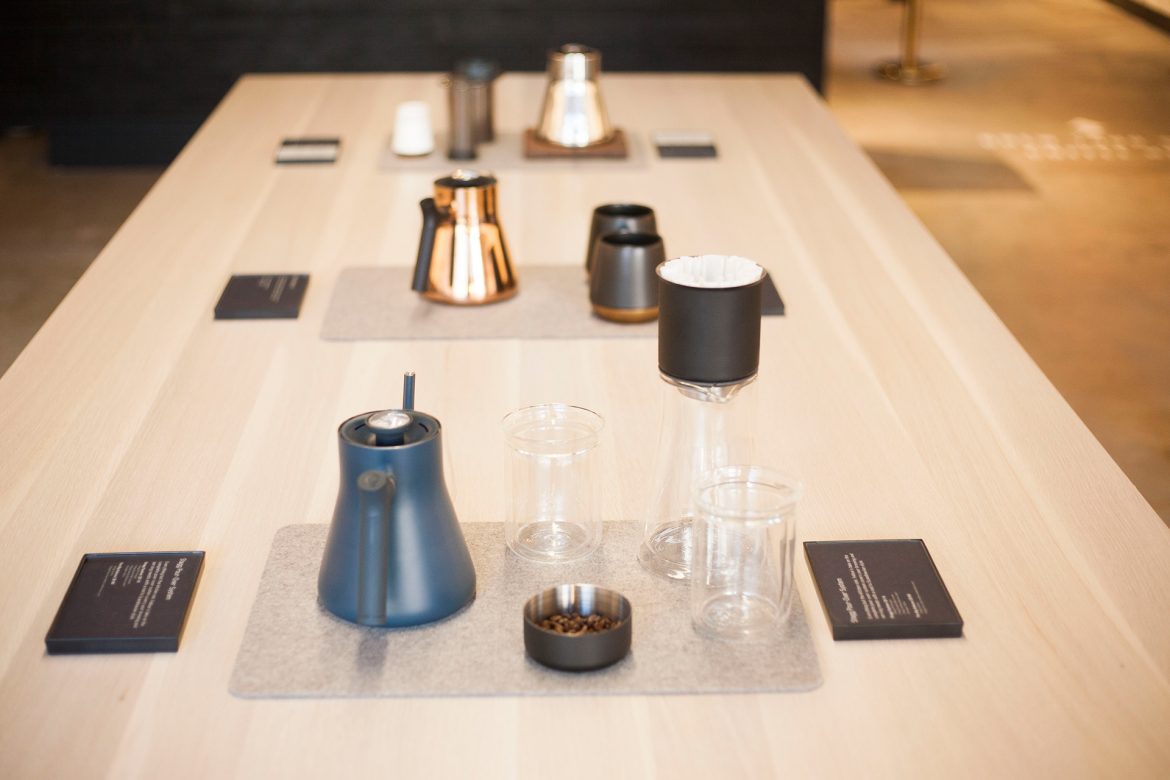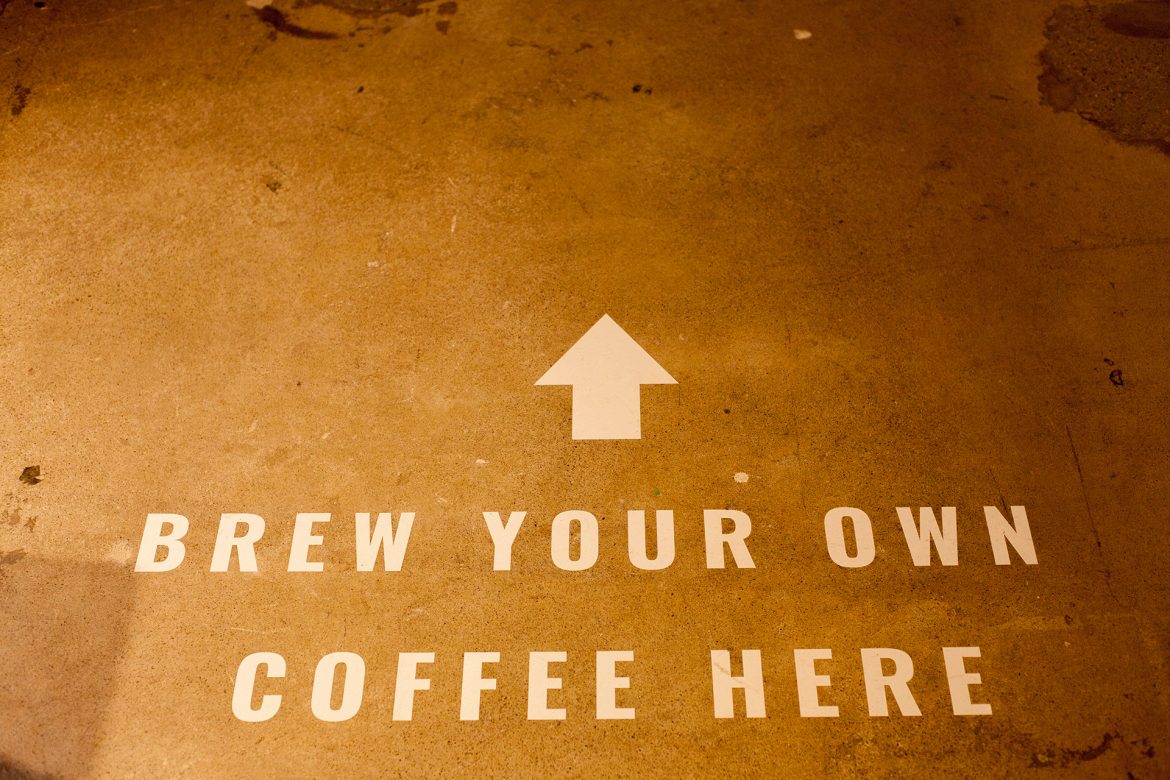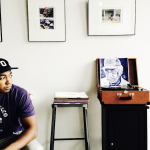
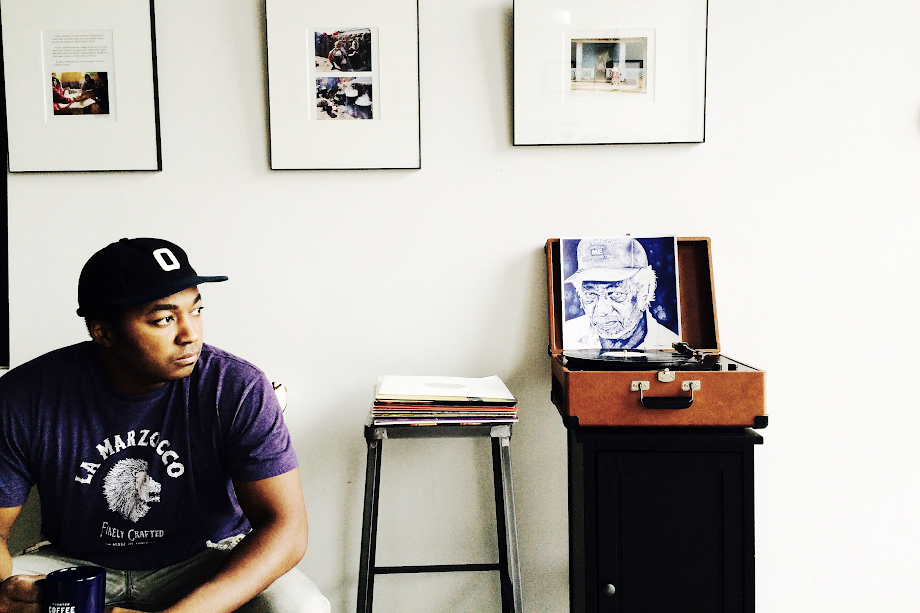
From Apple to Dropbox to Kickstarter, the concept of “Scratch your own itch” is a central mantra for entrepreneurs. It means, in essence, “be inspired by your own life”—create the thing you wish existed, and see if others dig it. For entrepreneurs Joshua and Lindsey Dugué, that means taking a cherished morning ritual—good coffee paired with good hip-hop on vinyl—and turning it into a curated box set.
Meet Cafe Steez, a new monthly subscription from Chicago. Joshua Dugué has 20+ years of experience in the specialty coffee industry, but this is his first project as an owner. Together with his partner Lindsey, Joshua is translating a lifetime of coffee knowledge and a lifelong love of hip-hop into a unique and deeply satisfying new take on the coffee subscription model. Cafe Steez (the name comes from a Method Man verse from GZA’s seminal 1995 album Liquid Swords) launched in January 2018 with a pairing of Ethiopia Kochere and Little Simz’ Stillness In Wonderland. This coffee was sourced by Heleanna Georgalis of Moplaco Trading Co. and roasted by Chicago’s Four Letter Word, resulting in a complete chain of sourcing, roasting, and music created by women. For their second set (out now) Cafe Steez has paired a coffee from Colombia called La Falda, roasted by Black & White Roasters, with the EP Glitches In The Break from influential Detroit producer and recording artist Black Milk.
I had the chance to sample the latest Cafe Steez boxset in advance of the interview below, and was hooked instantly. The experience is both electric relaxation and deeply analog at the same time, a ritual that fosters contemplation and conversation—good coffee and vinyl has the capacity to make you put your phone down like almost nothing else. And because the human brain is this complex, multifaceted thing, the music actually makes your coffee taste better, and vice versa, resulting in an entourage effect of flavors and sounds riffing together and amplifying each other.
I sat there happily for a full 24 minutes, doing nothing else but drinking coffee, listening to a complete artistic work, thumbing through the liner notes, and letting my mind bliss out. It’s one of the most pleasurable coffee experiences I’ve had in years, and something every coffee lover should try.
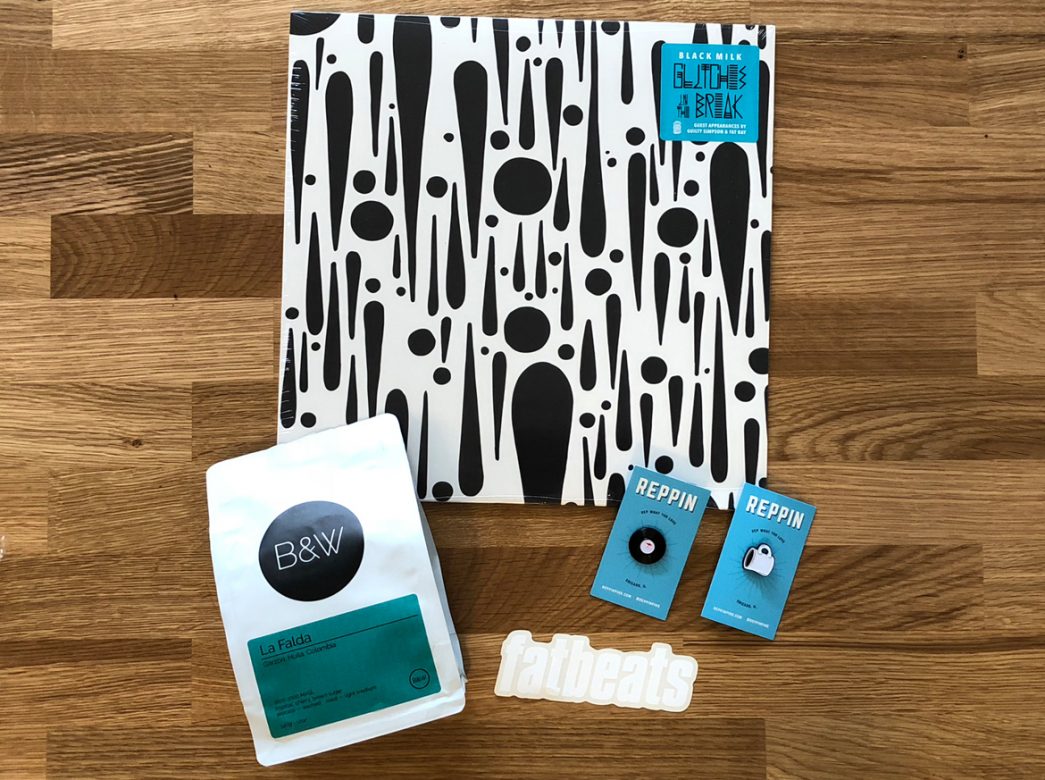
A subscription to Cafe Steez starts at $35 USD for a single month, with options up to a full year now available. To learn more I spoke digitally with Joshua Dugué from his home in Chicago.
This interview has been edited and condensed for clarity.
Sprudge: Hey Joshua—thanks for talking with us. Where did the original idea for this concept come from? How long have you been working on it?
Joshua Dugué: Coffee + hip hop is kind of a family ritual here. I alway start my day that way and I wanted to share that experience with people. I know lots of people who love the two and it just made sense to Lindsey and I to formally pair the two together in a subscription.
Did you start with the coffee and pair to that? Or start with the record and work from there?
It’s a bit of both really and sometimes just a happy accident. The Black & White and Black Milk pairing was more about timing. I was crate digging and grabbed a pressing of “Glitches In The Break.” Later that day I was talking to Rich Futrell (from Genuine Origin) about some our favorite people from our Counter Culture days and Lem’s name came up. It was only a couple moves from there for me to put the two together. Sometimes I’m lucky that way.
How many different coffees did you try out in order to figure out this pairing?
I cupped a few different coffees from B&W and had a few coffees from other roasters on the table. I was pretty much decided on B&W from the outset but I wanted to give myself some options. They sent me some amazing coffees; it wasn’t an easy choice. Ultimately I just loved the sweetness coming out of the La Falda.
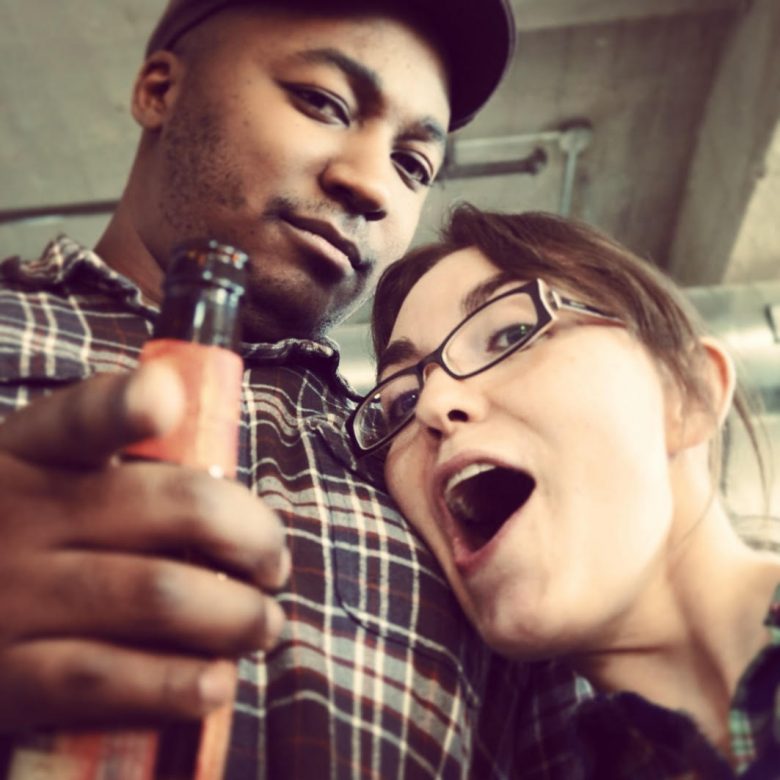
Joshua & Lindsey Dugué. Photo courtesy of Cafe Steez.
What’s your favorite track on this record?
Man…okay, so this whole album is insane. It kind of just blares dopeness on every track but “G” featuring Guilty Simpson is my jam! I’ve been a fan of Guilty Simpson for a while. He’s part of that whole Detroit scene with J Dilla, Mad Lib, and Sean Price. A close second is “Cold Day.” I’m a sucker for that laid back flow and some head nod beats. Oh yeah…”Dirt Bells” is another hot one.
How would you describe Black Milk’s music for someone unfamiliar?
Black Milk as an MC has that real easy delivery on some intricate lyricism; he reminds me a lot of Blu. His beats and musicality are impressive as well. Sometimes he can come out of the gates with some cacophonic madness (that’ll be the name of my first hip hop album) like in “There Are Glitches.” But then he almost immediately delivers you some seriously ass-shaking shit. He writes like someone who knows how to perform live and put on a good show…if you’ve seen him live then you know that to be true. If you haven’t, then please do so!
Glitches in the Break came out in 2014—do you think you’ll continue to feature older releases like this? Or will future releases focus on brand new music?
Oh, I’m sure I’ll bring some new stuff to the table. I think in the beginning I want to set a baseline for subscribers. There’s a ton of good stuff that people may not be up on. When we partnered with Four Letter Word Roasters, we paired them with Little Simz’s Stillness In Wonderland. That was a newer item from 2017. I wanted to bring in Rapsody‘s new one too but Little Simz seemed to work better. So yeah…we’ll do some new stuff too.
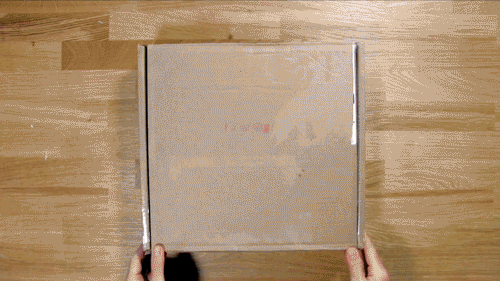
Do you think you’ll stick with EP length records for future pairings? 24 minutes is kind of the perfect amount of time for a pot of coffee…
I’m with you on that one. I kind of like to play a whole record while I drink coffee and pull myself together. I hate to stop something I’m really feeling because I finished my coffee and I have to hit the road. EP length is perfect for that. That said…I have some stuff coming up that might be a bit longer…but not too long.
Was the Black & White/Black Milk linguistic connection a happy accident or something you were intentionally drawn to?
I’m not gonna lie, I was feeling the whole aesthetic synergy thing. I was lucky because the album is really good too. I usually try to find a couple different ways to connect the coffee to the hip hop. It’s pretty fun.
How long have you been in coffee for? Tell us a bit more about your career in coffee before starting Cafe Steez.
I’ve been in coffee for a little bit now. I think this is year 24…give or take a few months here and there. Granted, I haven’t always been “doing coffee” in the way I have in the most recent years. I started at Starbucks in high school and kinda just rolled with it. I was a barista for a while through college and managed some shops as well. Coffee has been kind of a life companion for me as I’ve pursued other things. In the most recent years, maybe going back around 10 years, I’ve set up and managed a few shops, I was a tech and trainer at Counter Culture Coffee for 4 years, and I’ve been doing sales, wholesale support, and consulting since then. I’ve also done some guest chef / pop-up events here and there.
I’ve been blessed with the opportunity to learn a lot and do a lot of different things in the coffee industry. If I’m being completely honest, it’s always been more about people for me. I like coffee but I think I like people more and this industry is nothing if it’s not about people.
What’s your favorite way to make coffee in the morning?
I bounce between brew methods. It kind of depends on the coffee, how tired I am, and whether or not my son wants help. Isaiah is really into making coffee with me; I usually give him a mini Kalita Wave and I use my style set. I usually put on some Kids Trap and then we brew. If Isaiah isn’t with me then I usually go out and get some drip somewhere. I was messing around with that sous vide business for a while; it was pretty fun and the coffee tasted pretty good…I don’t like to wait that long for coffee though.
Why is the vinyl part of Cafe Steez important? How does listening to music in that format contribute to the overall feel of this project?
I think vinyl is special, man. Like, you say to yourself, “I’m going to listen to this record” vs. “I’m going to put on some music.” It’s more intentional. Also, if I put on a record I want to hear the whole thing. Artists dream about giving you some great experience in that 20-45 minute listening experience. So why not give it a try? The full and warm vinyl sound combined with a commitment to the ride is a great way to do it. I think it makes the coffee taste better too!
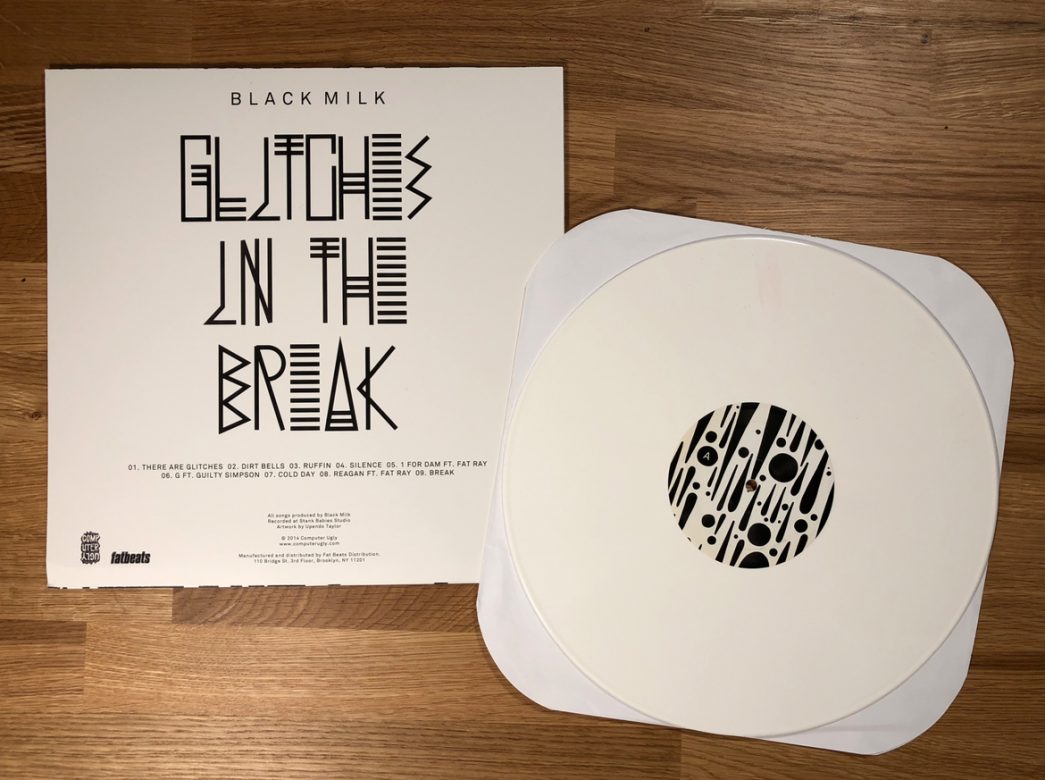
Did you grow up with vinyl in your house or did you discover it as a music listener later in life?
Vinyl was a huge part of my childhood. My dad used to play old Teddy Pendergrass, Anita Baker, and Isley Brothers records. He had a few hip-hop albums in his collection too. He was a huge fan of Erik B and Rakim. I tried to teach myself how to DJ with his L.T.D. record… that was not my best decision.
Do you like natural processed coffees or nah? Would you ever feature one in a Cafe Steez set?
I like natural coffees a bunch. It’s likely that March will be a natural coffee pairing…we’ll see.
Can you share with us what your next collaboration box set is going to look like? Are you seeking more collaborators for packaging, coffee, music…?
Shoot man, I’m so stoked about the next few months. I have some great roasters lined up and some dope vinyl. Here’s a tentative taste of what’s coming out:
March – Stovetop Roasters + The Turn Up by Madlib, Blu, MED
April – Woodburl Roasters + Rap Album 2 by Jonwayne
May – Good Folks + Give Me My Flowers While I Can Still Smell Them by Blu & Exile
June – Anthology Coffee + Rebirth Of Detroit by J Dilla
July – Pilcrow Coffee + ????
I’m definitely looking for packaging collaborators and merch collabs too.
Where do you see this project growing? Does it become a record label someday? A roaster? Where does it go next?
Start a label, run it, sign myself? That’s a major key! But for real, I think Linds and I want to use Cafe Steez as a way to finance a project we’ve had on the back burner for a while. We’d like to focus on training and career development in coffee for at-risk youth. It’s something we talk about a lot, actually. That idea has room to develop into a lot of different avenues. I think there are so many roasters out there doing such a great job and I would love to keep celebrating them; so, I don’t think we’ll roast. I could see us opening a co-roasting space though…that’d be dope.
Thank you so much.
Visit the official Cafe Steez website for subscription details and more information, and follow Cafe Steez on Instagram, Facebook and Twitter.
Jordan Michelman is a co-founder and editor at Sprudge Media Network. Read more Jordan Michelman on Sprudge.
Photos by Zachary Carlsen for Sprudge Media Network. Top photo courtesy Cafe Steez.
SaveSave
The post Meet Cafe Steez, The New Subscription Pairing Coffee & Hip-Hop appeared first on Sprudge.
from RSSMix.com Mix ID 8200593 http://sprudge.com/meet-cafe-steez-the-new-subscription-pairing-coffee-hip-hop-130781.html
